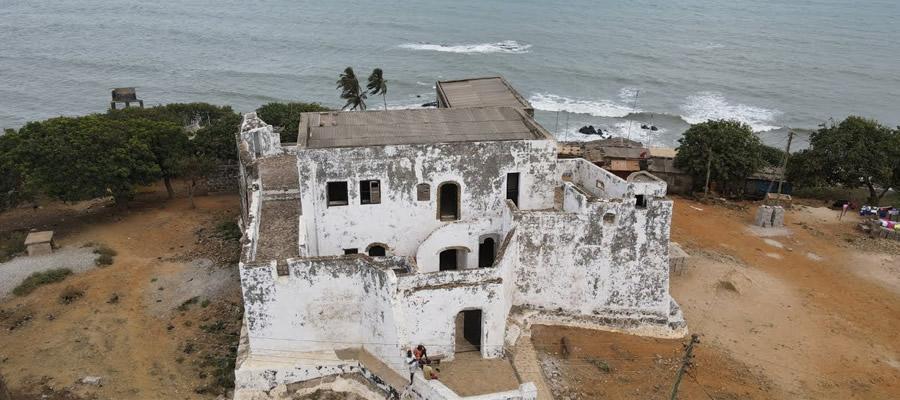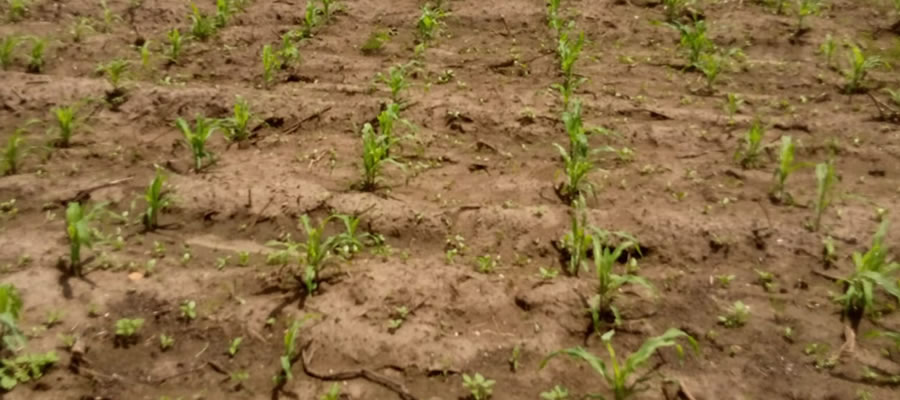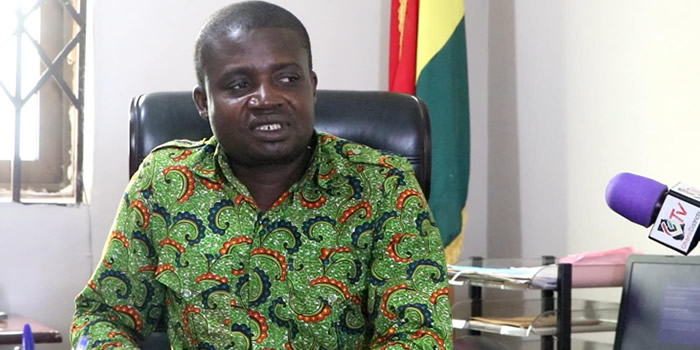

Relevant Data
Location and Size
The Gomoa West District is one of the 17 districts within the Central Region of Ghana. It lies within latitude 514 north and 535 north and longitude 0.22 west and 054 west on the eastern part of the Central Region of Ghana. It is bounded on the north by Agona District, on the northeast anchsast by Awutu Effutu Senya District, on the west and northwest by Mfantseman and Ajumako-Enyan-Essiam Districts respectively, and on the south by the Atlantic Ocean and larger part of the dissected Awutu- Effutu -Senya District. The Gomoa District covers an area of 1,022.0 sq km and a total population 194,792. (i.e. 12.23% of regional population) This makes it the district with the highest population and surface area next to Assin.
Topology & Drainage
The land slopes gently from south to north with isolated hills on forest dissected plateau in the north and coastal plains in the south. The area is drained by a few rivers and numerous streams.The main rivers include Brushing and Ayensu. The district is underlain by Upper Birimanian, Lower Birimian, Cape Coast granite rocks and Foso series.
Vegetation
The district has two main vegetation zones, the coastal savannah and the moist semi-deciduous forest. The former consists mainly of grassland and trees of patches of scrub, while the latter is characterised by tall trees interspersed with grass cover, shrubs and soft woody species.
Climate
The district experiences two rainfall patterns - major rainy season (April - July) and minor rainy season (September - November). Just like most districts of the region, the major and minor dry seasons are December - March and August respectively.Mean annual rainfall ranges between 70 and 90cm in the southern coastal belt and 90 to 11 Ocm in the northern and northwestern semi-deciduous forest areas. However available statistics reveals a fluctuating rainfall pattern. For example in l997 it rained for 54 days whiles in 1998 it rained for 38days.
Its mean annual maximum and minimum temperatures of29°C and 26°C occur in February to March and August respectively. Its relative humidity is influenced by the presence of large water bodies like the ocean, rivers, lagoons and streams. The relative humidity ranges between 70% and 80% for the northern and southern sectors of the district respectively. The district experiences two wind systems—the South-Western Monsoon, the direction of which influences the rainfall pattern, and dry Harmattan winds (North-East Trade Winds). The effects of the Harmattan are severe between January and February.
Geology & Soil
The soils in the district are made up of four main groups namely the forest ochrosols, forest ochrosols and oxysols intergrades, tropical black earth and forest lithosols. The forest ochrosols has a high nutrient value and is suitable for both tree and food crops, i.e. cocoa, coffee, citrus, maize, cassava, pineapple and vegetables. The forest ochrosols and oxysols intergrades have lesser nutrients compared with the forest ochrosols but have similar texture. This type of soil also supports tree crops such as cocoa and all food crops.
The tropical black earth is thick, sticky and dark in colour containing a mixture of a high percentage of magnesium, calcium and lime. During the rainy season, these soils become thick and sticky but become compact and hard and crack up during the dry periods. These soils are potentially suitable for rice, cotton and sugar cane especially when artificial irrigation is applied. The tropical black earth exists along the coastal areas and lagoons.
The forest lithosols are found between Nyanyano and Winneba. These soils are also referred to as rocky soils due to the underlying hard pan and mostly have poor nutrient value. They can however support the cultivation of vegetables. Crops such as sugar cane, maize and pineapple are grown along the valleys. These soils cover a wide area of the savannah belt of the district. In view of the nature of the physical and natural environment described above, the people of the district are mainly engaged in farming and fishing for their livelihoods. The seasonal nature of economic activities namely fishing and farming has contributed immensely to the poverty situation in the district.
This has fuelled the seasonal migration of the people especially the youth to other districts for survival. It is therefore essential that alternative livelihood programmes are pursued vigorously to reduce poverty in the district. It is gratifying that the district is one of the beneficiary districts of programmes under the Millennium Challenge Account (MCA) which needs to be tapped to maximize the utilization of the potentials of the district especially its low lying nature of the topography.
Date Created : 11/30/2017 4:05:53 AM











 facebook
facebook
 twitter
twitter
 Youtube
Youtube
 +233 593 831 280
+233 593 831 280 0800 430 430
0800 430 430 GPS: GE-231-4383
GPS: GE-231-4383 info@ghanadistricts.com
info@ghanadistricts.com Box GP1044, Accra, Ghana
Box GP1044, Accra, Ghana